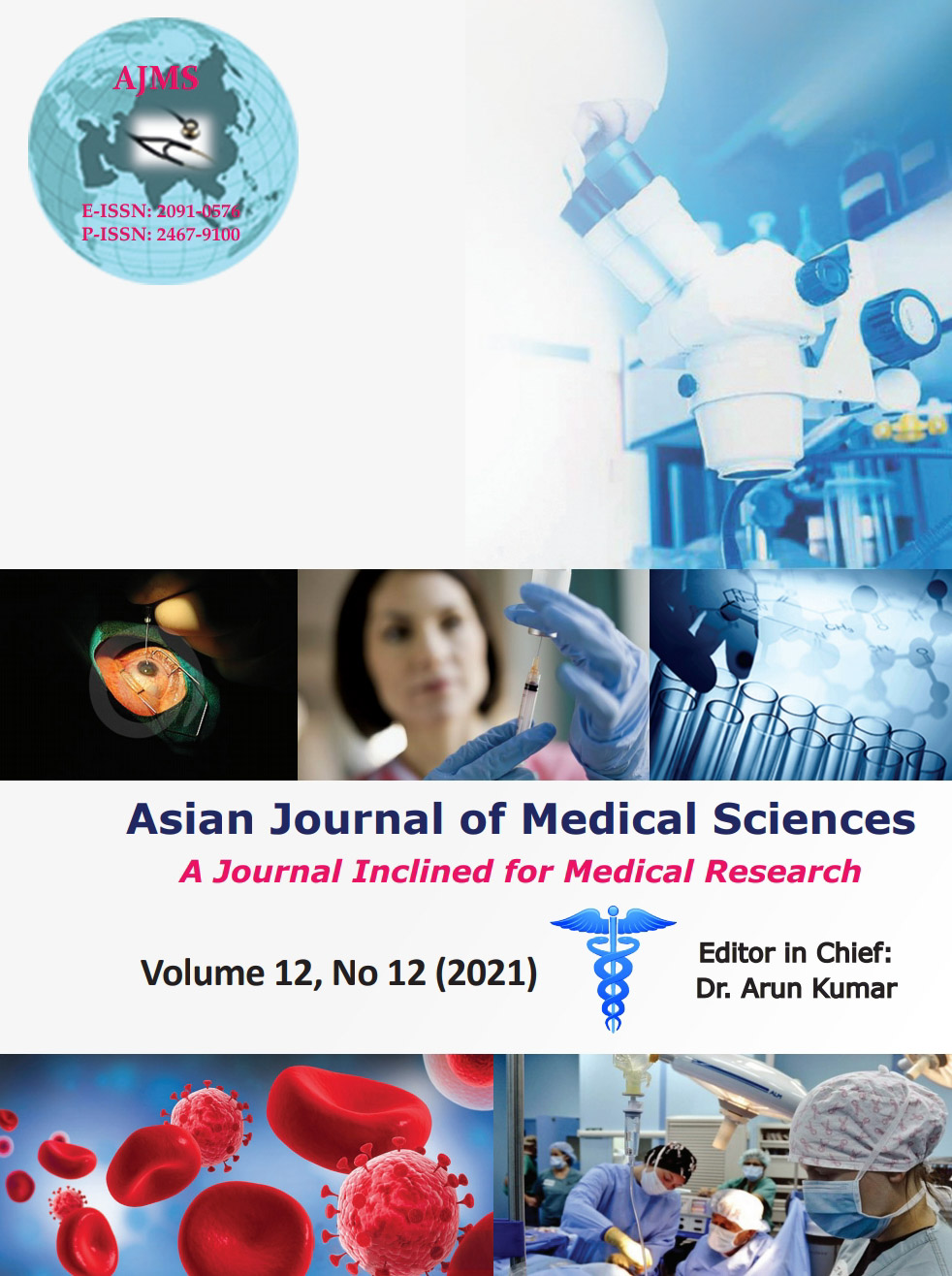Evaluation of a step-by-step approach to frozen section diagnosis in ovarian masses
Keywords:
Accuracy, Frozen section, Ovarian tumorsAbstract
Background: Ovarian cancer forms a significant proportion of cancer-related mortality in females. It is often detected late due to non-specific clinical presentation. Radiology and tumor markers may indicate an ovarian mass. However, exact diagnosis requires pathological evaluation, which may not be possible before surgery. Intraoperative frozen section (FS) is, therefore, an important modality for the diagnosis of ovarian masses.
Aims and Objectives: This study was conducted to study step-by-step approach along with diagnostic utility and accuracy of intraoperative FS in diagnosis of ovarian masses.
Materials and Methods: Retrospective comparative analysis was done to determine the diagnostic accuracy of FS as compared to routine histopathology in the pathology department of a tertiary care hospital. Diagnostic categorization was done into benign, borderline, and malignant. Overall accuracy, sensitivity, and specificity of FS technique were calculated.
Results: Out of 51 cases, FS analysis yielded accurate diagnosis in 94.1% of ovarian masses. Intraoperative FS had a sensitivity of 94.7%, specificity of 96.9%, 3.1% false-positive rate, and 5.3% false-negative rate in malignant tumors. In benign lesions, FS had 91.7% sensitivity and 100% specificity. FS had 75% sensitivity and 96.4% specificity in cases of borderline tumors.
Conclusion: FS is a fairly accurate technique for intraoperative evaluation of ovarian masses. It can help in deciding the extent of surgery. It distinguishes benign and malignant tumors in most cases with high sensitivity and specificity. A methodical approach is useful in determining accurate diagnosis on FS diagnosis.
Downloads
Downloads
Published
How to Cite
Issue
Section
License
Copyright (c) 2021 Asian Journal of Medical Sciences

This work is licensed under a Creative Commons Attribution-NonCommercial 4.0 International License.
Authors who publish with this journal agree to the following terms:
- The journal holds copyright and publishes the work under a Creative Commons CC-BY-NC license that permits use, distribution and reprduction in any medium, provided the original work is properly cited and is not used for commercial purposes. The journal should be recognised as the original publisher of this work.
- Authors are able to enter into separate, additional contractual arrangements for the non-exclusive distribution of the journal's published version of the work (e.g., post it to an institutional repository or publish it in a book), with an acknowledgement of its initial publication in this journal.
- Authors are permitted and encouraged to post their work online (e.g., in institutional repositories or on their website) prior to and during the submission process, as it can lead to productive exchanges, as well as earlier and greater citation of published work (See The Effect of Open Access).




